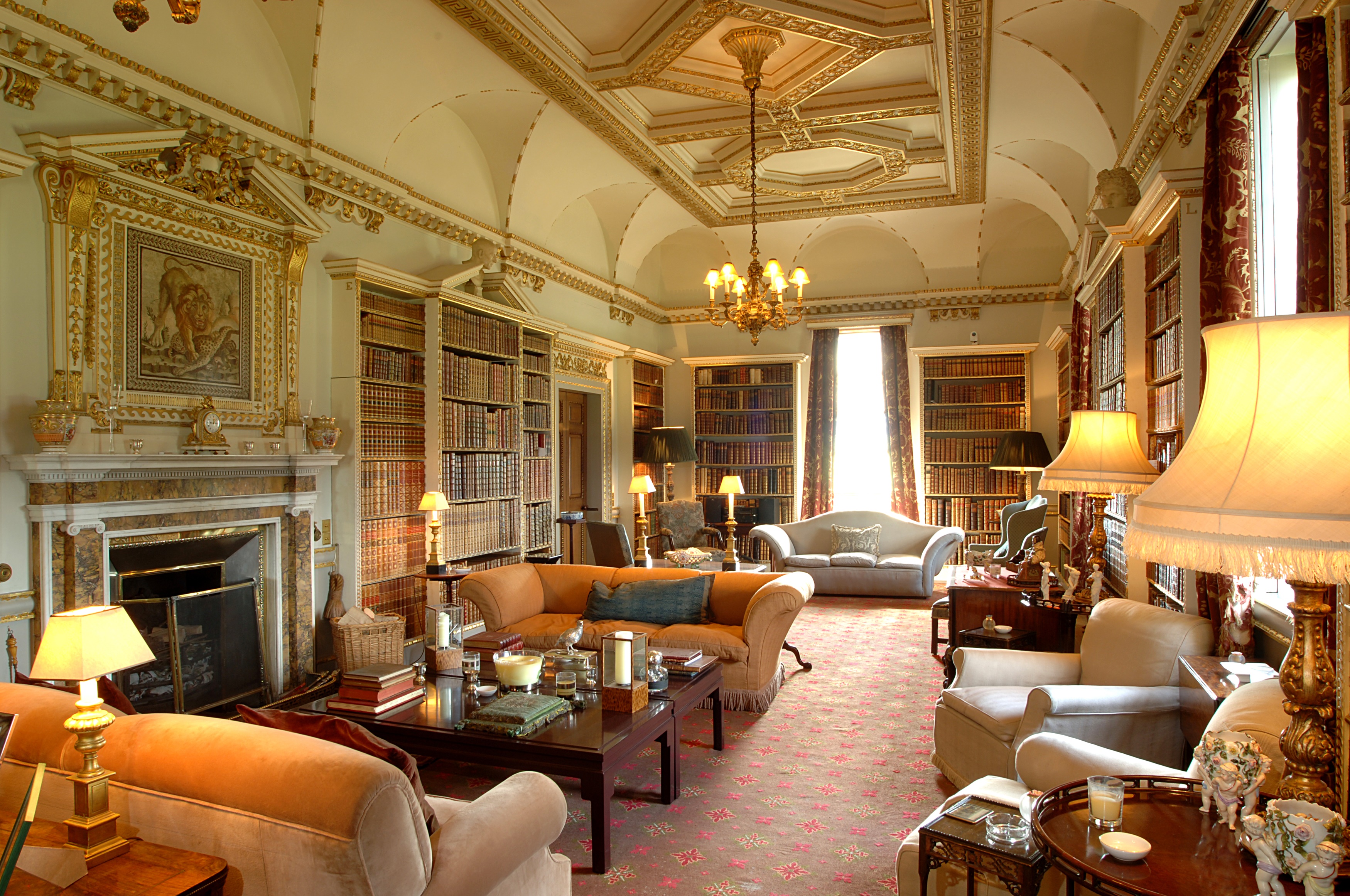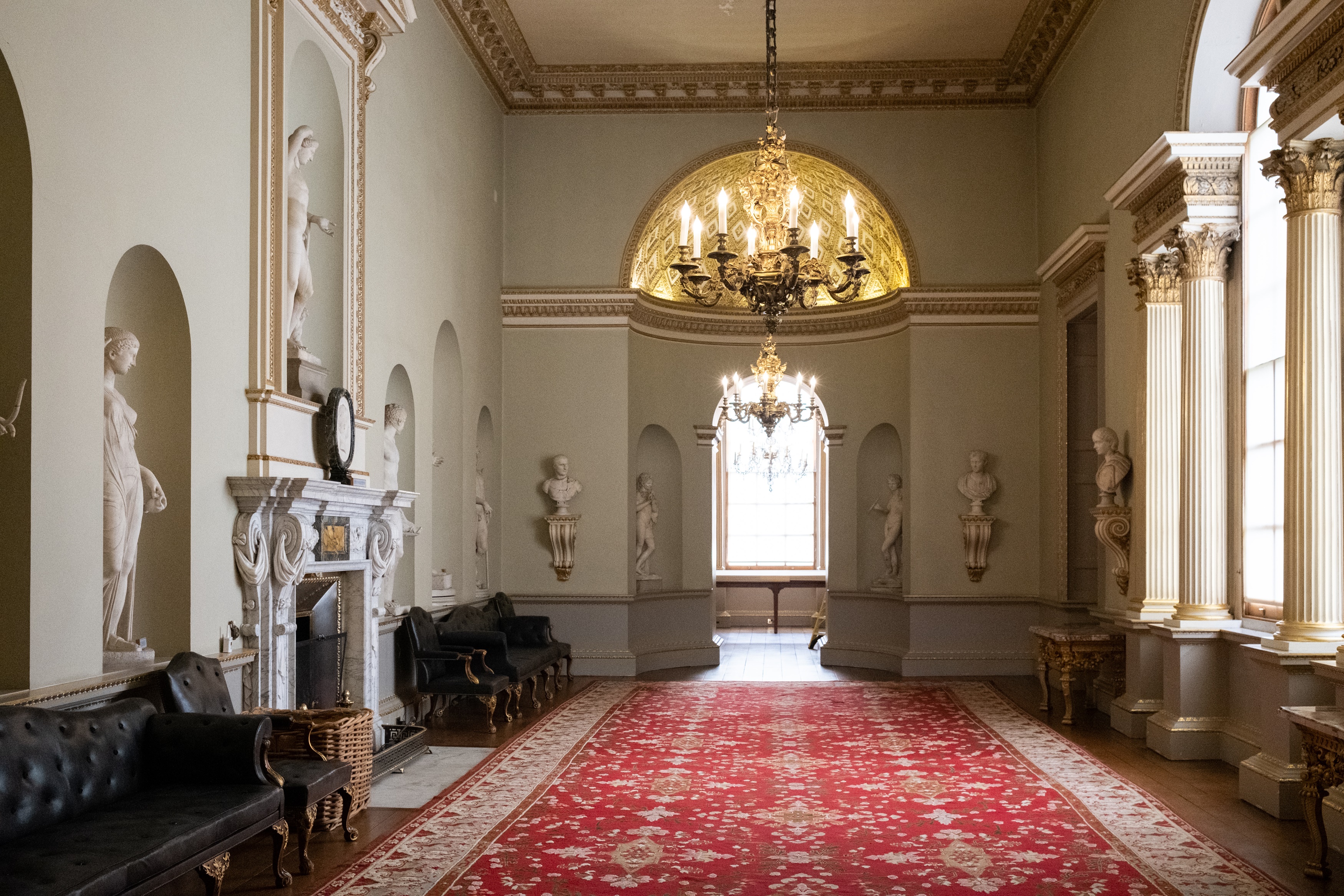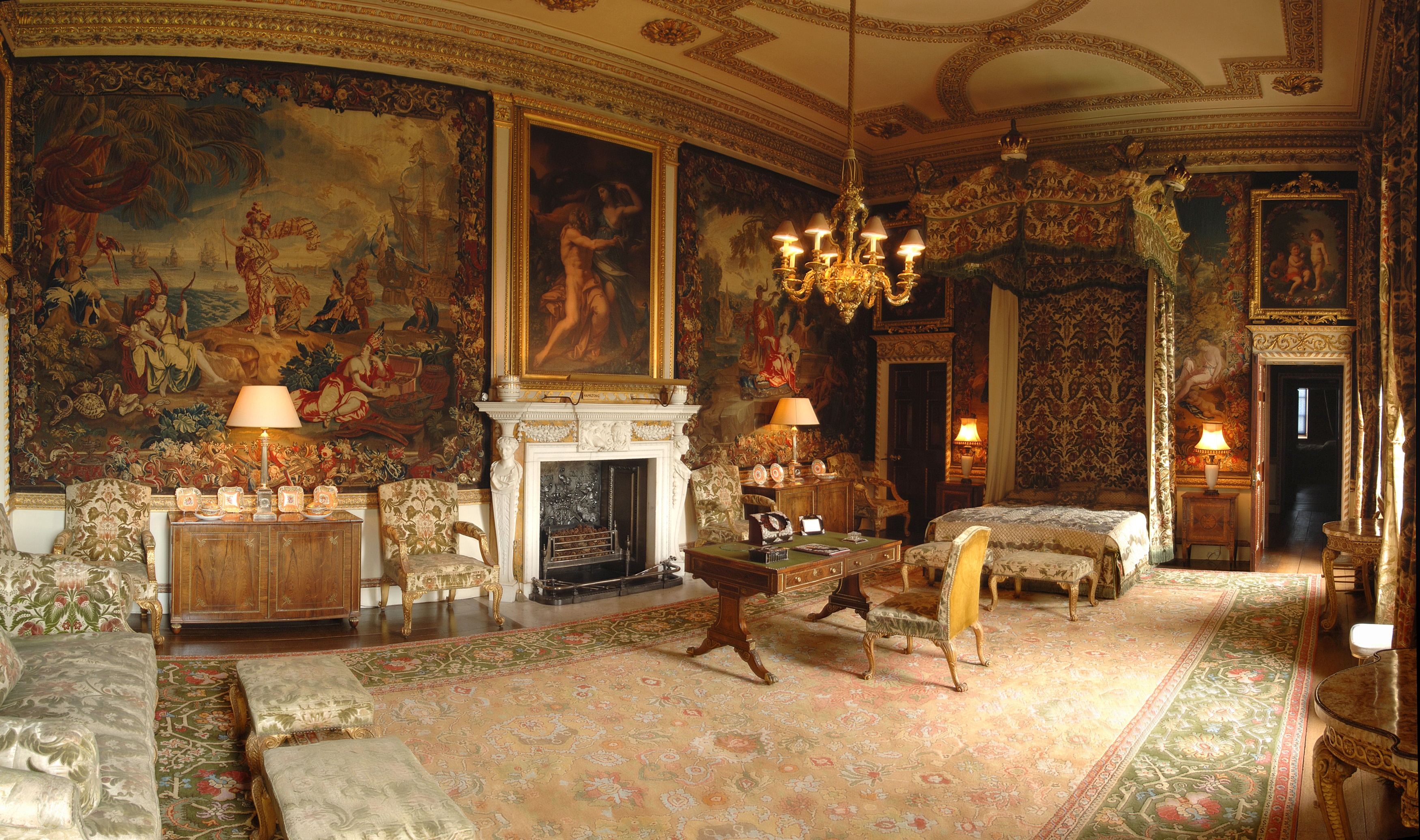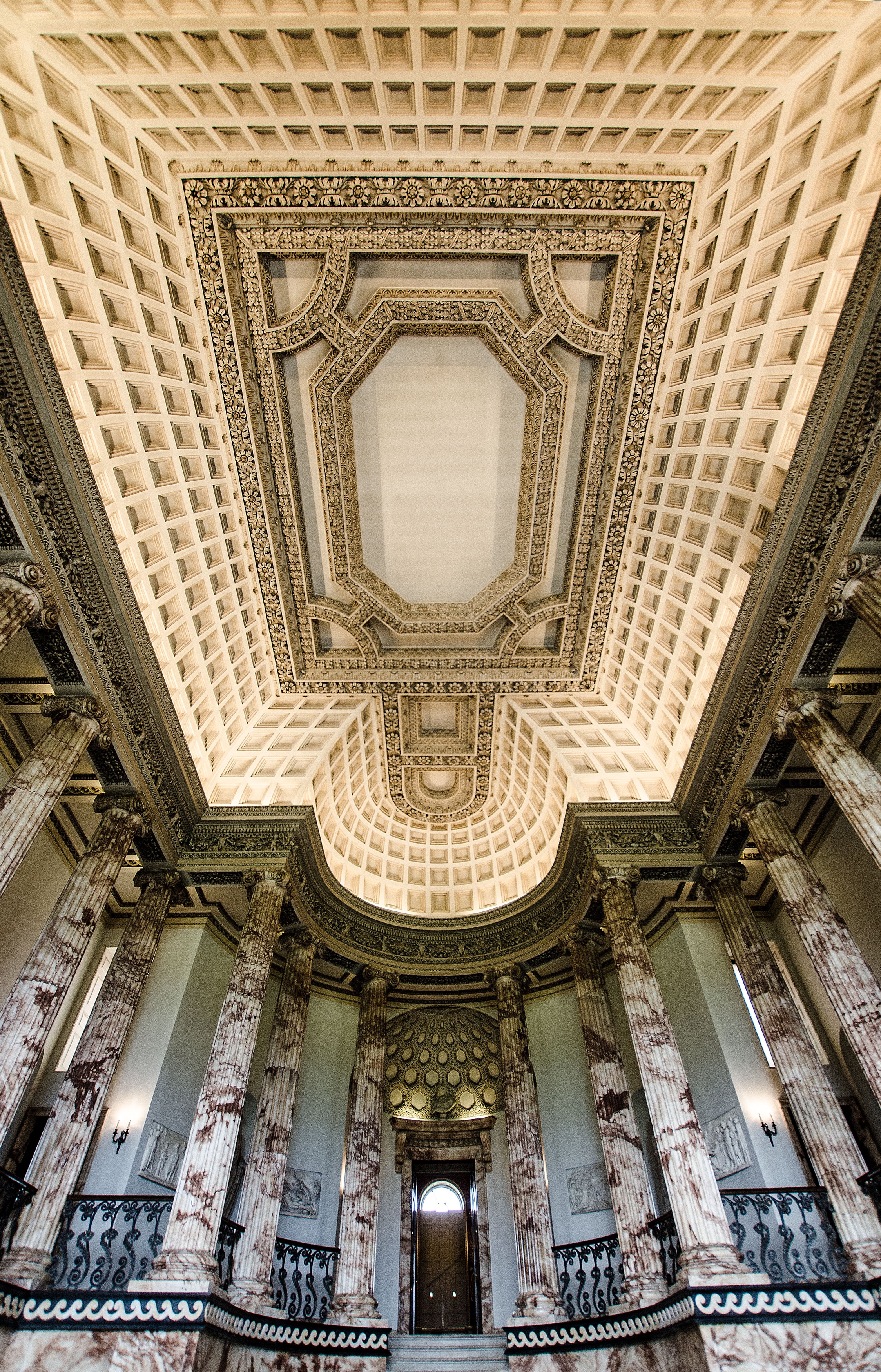

Holkham is, without doubt, one of today’s greatest English estates. Encompassing a honey-toned palatial mansion within 25,000 acres of green land, it's also an employer to hundreds of local people and a tourist destination attracting around one million visitors a year. But the Coke family have been at Holkham for over 400 years, and without the actions of multiple generations before, it would not be what it is today.
17 December 2024
VIEW FULL CATALOGUE REQUEST A VALUATION CONTACT A SPECIALIST
The family’s fortunes trace their roots back to the Elizabethan jurist, Sir Edward Coke (1552-1634). Coined the ‘lawyer, politician and moneymaker’ by the current Earl, he is best known for his legal texts and as the attorney general who oversaw the trials of both Sir Walter Raleigh and the eight main conspirators in the Gunpowder Plot. He climbed the ranks to become the country’s most senior judge in the reign of James I and it was said that he was the only lawyer who could interpret and digest England’s most complicated laws. According to family lore, this is why he chose an ostrich – a bird who was said to be able to digest anything – for the Coke crest.
Edward’s legal work and good reputation brought him substantial wealth, which he invested in possessions and property, including Neales Manor in Holkham Parish. This was passed down to Coke’s fourth son, John, who through marriage to heiress Meriel Wheatley, also inherited Hill Hall, the principal house at Holkham. The marriage brought more money and land to the estate, allowing neighbouring properties, including what is now known as the Ancient House, to be acquired, so by 1659, John Coke was the majority landowner in Holkham, owning the three manors and other substantial buildings.

Long Library © Holkham Estate
Although Sir Edward and John founded what was to become Holkham Estate, it would be over 100 years later that the Hall we see today was unveiled; with their successor, Thomas Coke (1697-1759), credited as ‘the builder and collector’ of the family. Orphaned at just ten years old, Thomas went to live with his cousin at Longford Hall in Derbyshire. He was highly intelligent and showed an early aptitude for Classics and Latin, but he was also headstrong and regularly got into trouble for gambling and cockfighting. As a result, he was sent away on one of the longest-recorded grand tours of any young Englishman in 1712, returning six years later. He spent a considerable time in France, where he made purchases of manuscripts, as well as Switzerland, Austria, Germany, the Netherlands and Italy. His companion was his tutor, Dr Thomas Hobart, and with his guidance and experience – having just returned from another grand tour - Coke explored the palaces and villas of notable Roman families, as well as libraries, churches and princely collections.
During his travels, Thomas not only developed a keen interest in architecture and commissioned paintings of himself as many young men did, but he also acquired Roman statuary, manuscripts and books from the ailing collections he visited. He also met and became good friends with the English architect, William Kent (1685-1748), who was working as a painter at the time and became interested in architecture through Coke’s influence. Together, they toured the palaces of Northern Italy, particularly in Vicenza, and forged a deep appreciation of the architectural style of Andrea Palladio, which would later have a significant impact on the design of Holkham Hall.
Upon his return to England, aged twenty-one, Thomas was laden with treasures and inspired to build his own architectural masterpiece to house them, based on the Palladian buildings he had seen in Italy. The design of Holkham Hall was Coke’s vision, but the construction was a collaboration between him and Kent, with valuable advice and support from Richard Boyle, the 3rd Earl of Burlington, known as the ‘Architect Earl’, who had recently built his own Neo-Palladian villa at Chiswick. However, the process would be a long one; hampered by financial strife following the bursting of the South Sea Bubble, the build was delayed for ten years and finally conducted - under the supervision of the Norfolk-builder, Matthew Brettingham the Elder - between 1734 and 1764.

Statue Gallery © Holkham Estate
In a cruel twist of fate, Coke never lived to see his finished Italianate villa in North Norfolk and died in 1759, with the building’s completion and furnishing of the jewel-like interiors overseen and funded by his widow, Lady Margaret Tufton, Countess of Leicester (1700-1775). Margaret was ‘an excellent curator’; she commissioned stunning paintings and items of furniture for the state rooms, sensitively arranging them to best present the works of art Coke purchased abroad and bringing his vision to life. She also recognised that the Hall was built to be enjoyed by others, and every Tuesday it would be open to the public, where the housekeeper would show visitors around the piano nobile to see the circular arrangement of the state rooms. The core collection at Holkham today remains very much as the original builder had intended; the 1st Earl’s grand tour acquisitions - his cache of classical marble sculptures and a library of illuminated manuscripts and books - were carefully documented and are still largely intact, housed in the niches and on the shelves that were originally built for them. In addition, the house, described by Sir Nikolaus Pevsner as ‘the most classically correct house in England’, has continued its role in inspiring an admiration of the arts, and is still open to the public, over 100 days a year.
Margaret lived until the age of seventy-five, however, her sole surviving child, Viscount Edward Coke, predeceased her and the earldom died out, passing the estate – but not the title – to her nephew, and then her great-nephew, Thomas William Coke (1754-1842). Thomas had spent his childhood at Longford and embarked on his own grand tour in 1774 upon Margaret’s recommendation. Despite proving very popular in Continental Europe, ‘le bel Anglais’ - as he was affectionately known - threw himself into agricultural improvements upon inheriting Holkham in 1776, taking on his second, and longer-lasting nickname, ‘Coke of Norfolk’. He established the annual Sheep Shearings – forerunners of today’s county shows – and with the help of architect Samuel Wyatt, he invested heavily in new farmhouses and associated buildings on the estate. He became a Whig MP for the county in 1776 and his close friend, Charles James Fox (1749-1806), as well as other political figures, are immortalised in marble and plaster in the collection at Holkham. Following Queen Victoria’s accession in 1837, Coke, at the age of eighty-three, was raised to the peerage and became 1st Earl of Leicester, 2nd Creation, reviving the earldom and establishing the Leicester line that continues today.

Green State Bedroom © Holkham Estate
Over the next century, successive Earls and their families added to the estate; the Victoria Inn (now The Victoria) had already been started by Thomas William, but the terraces and parterres, the fountain, Stables Courtyard, and the refurbishment of St Withburga’s Church were all completed during the 19th century. Subsequently, the 3rd Earl, upon his succession in 1909, embarked on an extensive modernisation and refurbishment of the Hall, including installing electricity, gilding, painting and upholstering the furniture in the state rooms. However, the cost of maintaining such a large house was a struggle and throughout the 20th century, Holkham was plagued with financial difficulties. During the 4th Earl’s tenure, it even looked likely that the Hall would be transferred to the National Trust as the only way ‘to save Holkham and all its treasures from ultimate dispersal’. Luckily, it was kept in the Coke family, but by the time the current Earl’s father, Edward Douglas Coke, came to Holkham in the 1960s, virtually every facet of the estate was losing money.
At the age of twenty-five, as it became clear Edward’s father, Anthony Coke - later the 6th Earl - would not be returning to Norfolk from his home in South Africa when he inherited the estate, Edward set about learning everything there was to know about farming and estate management at nearby Sandringham. Working alongside the 5th Earl, he succeeded in making Holkham’s farming operation profitable again, and when he took over the estate in 1976, he began a vast programme of modernisation, including the renovation of the estate cottages and farms. Using historical inventories, ‘Eddy’ also revived the 18th-century mansion, reinstating the original picture-hang in the Saloon and the Landscape Room, and clearing the state rooms of excess furnishings. He was passionate about Holkham’s collection, and welcomed academics to study its books and manuscripts, as well as loaning important items to exhibitions around the world, a practice that is still very much encouraged under the current Earl’s custodianship.

© Holkham Estate
In 2006, after thirty years running the estate, Edward, now the 7th Earl, handed over direction to his son, Thomas Edward Coke. Finding the estate in a much better place than it had been for many decades, but keen to carve out his own niche and continue the estate’s prosperity, Tom has pioneered a diverse collection of revenue streams, away from sole dependence on agriculture. In the future, he hopes to have more time to nurture his interests in cultural heritage and the decorative arts, and to continue his father’s initiatives, including a display in the Hall about the Magna Carta and the role played by his ancestor, Sir Edward Coke, in preserving its values. Many of the items in Holkham | The Attic Sale are those bought or acquired by the Earl’s predecessors, offering him and his family a glimpse into life throughout the ages at Holkham. As a result, putting the auction together has given Lord Leicester a chance to further learn about and protect Holkham Hall’s heritage, as – he insists - ‘there’s always something new to learn’ in this ‘Temple of the Arts’ on the Norfolk coast.

privatecollections@sworder.co.uk | 01279 817778
We are excited to be a first-time partner of the Fresh: Art Fair. The event runs from 31 January - 2 February, with a Private View Evening on Thursday 30 January.
17 January 2025
We are delighted to announce another outstanding single-owner auction in this year’s sale calendar: Better by Design | The Principal Contents of Boden Hall.
Taking place on Tuesday 4 March, this exceptional sale showcases the elegant interiors of a distinguished Georgian country house in Cheshire, carefully curated by its most recent owners, Victoria Wrather and her late husband, William.
8 January 2025
With principles of locally sourced materials and clean lines resonating as strongly as when Pierre Jeanneret’s furniture was initially produced in the mid-20th century, there has been a recent fervour for this furniture on the art market.
20 December 2024